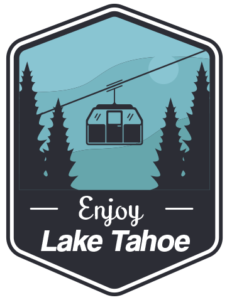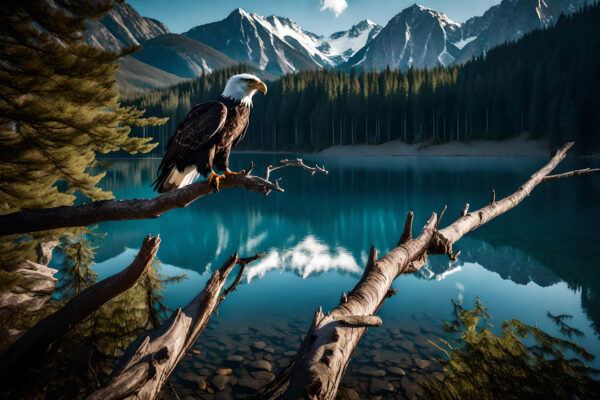Protecting Water Quality
Maintaining the crystal-clear waters of Lake Tahoe is a top priority. Conservationists work tirelessly to prevent pollution, sediment runoff, and invasive species that threaten the lake’s water quality. Programs like the “Keep Tahoe Blue” initiative focus on erosion control, stormwater management, and watershed protection.
Lake Tahoe’s water quality is exceptional, and preserving it is vital. Conservationists understand the importance of maintaining the crystal-clear waters that make Lake Tahoe so unique. Efforts are focused on preventing pollution, sediment runoff, and the invasion of harmful species that could disrupt the delicate balance of the lake’s ecosystem. Initiatives like the “Keep Tahoe Blue” program are at the forefront of these efforts, emphasizing erosion control, effective stormwater management, and the protection of vital watersheds.
Combatting Invasive Species
Invasive species pose a significant threat to Lake Tahoe’s delicate ecosystem. Conservationists implement strategies to combat invaders like quagga mussels and Asian clams. Inspection stations and public awareness campaigns help prevent the spread of these harmful species.
Forest Health and Fire Prevention
Healthy forests are vital for the region’s ecology. Conservation efforts include forest thinning, controlled burns, and wildfire prevention measures. These initiatives reduce the risk of catastrophic wildfires that can devastate Lake Tahoe’s natural landscapes.
Research and Data Collection
Scientific research plays a critical role in understanding and preserving Lake Tahoe’s ecology. Researchers monitor water quality, wildlife populations, and climate changes. Data collected helps inform conservation strategies and long-term planning.
Community Involvement
Lake Tahoe’s conservation efforts are a community endeavor. Volunteers, residents, and businesses actively participate in clean-up events, restoration projects, and educational programs. The local community’s dedication to preserving the environment is a driving force behind successful conservation.
Sustainable Tourism
Balancing tourism with conservation is essential. Sustainable tourism practices promote responsible visitor behavior, minimizing the impact on Lake Tahoe’s ecology. Efforts include eco-friendly transportation options, waste reduction, and Leave No Trace principles.
Government Regulations
Government agencies collaborate on regulations to protect Lake Tahoe’s ecology. The Tahoe Regional Planning Agency (TRPA) oversees land use and environmental regulations to ensure sustainable development while safeguarding the environment.
Preserving a Natural Treasure
Lake Tahoe’s pristine ecology is a testament to the dedication of conservationists, researchers, and the local community. Ongoing efforts to protect water quality, combat invasive species, maintain forest health, and involve the community contribute to preserving this natural treasure for generations to come.







